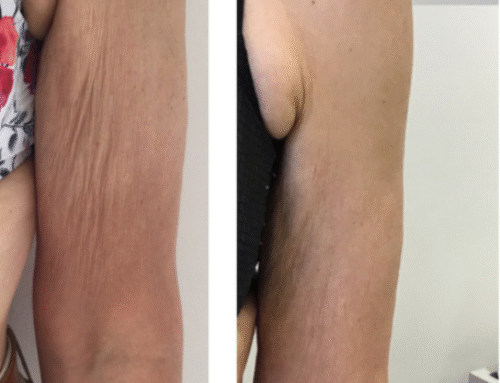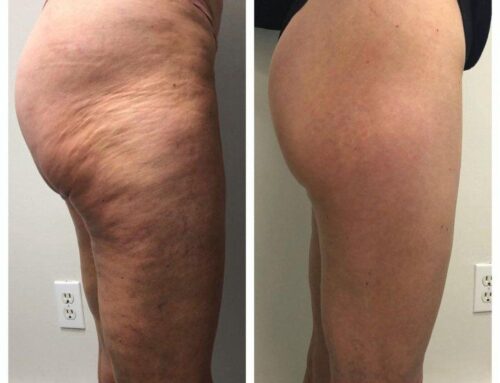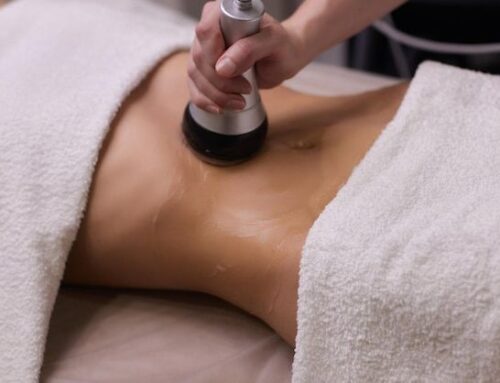When it comes to recovery after your fat-freezing procedure, ensuring you have got the necessary plans in place is crucial — and this is something that our experts know better than most. In line with this thought, today, we’re looking at some of the key things you should know about building a successful post-fat-freezing care plan; this should help streamline your recovery and give you better results, accordingly.
Post Fat-Freezing Care Plan: What You Need to Know
After your fat-freezing treatment, you’ll need to take a little time for some TLC to really help ensure that you’re recovering well. As such, we strongly recommend that you keep the following post-fat-freezing care plan tips in mind to help.
#1 Stay Hydrated
One of the first tips we can give to help improve the results of your fat-freezing treatment is to drink plenty of water and keep on top of your hydration levels. Indeed, hydration is key to supporting your body’s natural detoxification process. As such, provided such is on your doctor’s advice, drink plenty of water before and after the procedure to help flush out the metabolised fat cells. Adequate hydration also contributes to overall well-being and aids in the elimination of toxins.
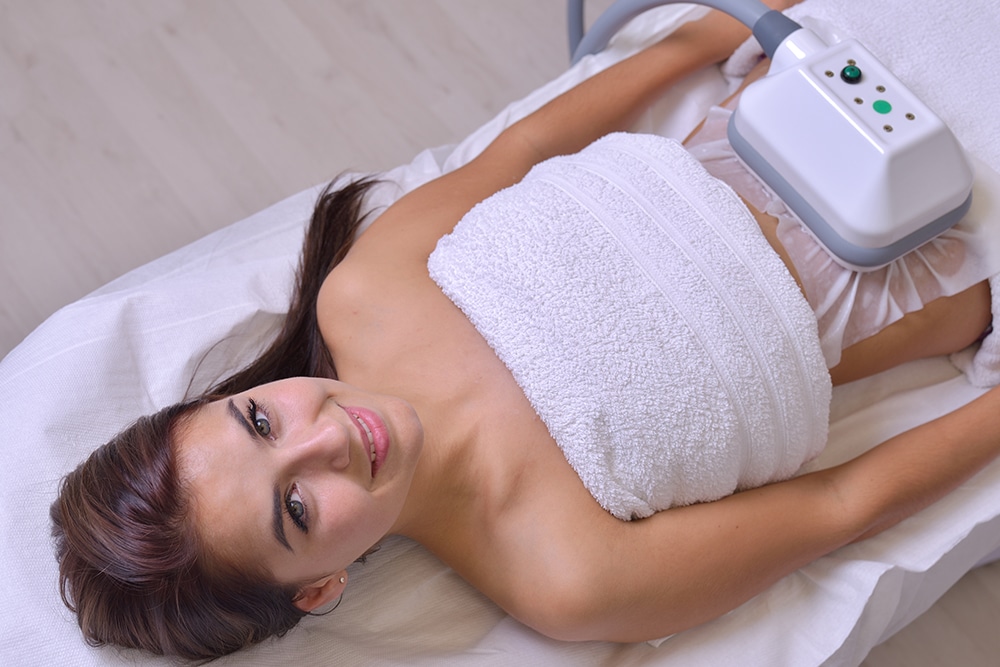
#2 Embrace a Healthy Diet For Fat Freezing Recovery
It’s not just enough to drink plenty of water; maintaining a balanced and nutritious diet is also essential to support your body’s recovery. Avoiding fast food and highly processed products will often be recommended, and try to incorporate foods that are rich in antioxidants, vitamins, and minerals instead to help boost your immune system.
#3 Avoid Strenuous Activities (But Engage in Light Exercise)
After your fat-freezing operation, you won’t need to completely avoid exercise, but strenuous workouts are a definite no-go for a while. Luckily, light exercise can aid in the fat elimination process by stimulating blood flow and helping the lymphatic system remove waste more efficiently; a light stroll or yoga may be good examples here. Always discuss this with your healthcare provider before resuming vigorous exercise.
#4 Manage Swelling
Given the nature of the procedure, it’s not uncommon to experience some degree of mild swelling, bruising, or discomfort after the procedure. If this is the case, applying cold compresses intermittently during the first few days can help alleviate swelling. Over-the-counter pain relievers, as recommended by your healthcare provider, can potentially also be used to manage discomfort.
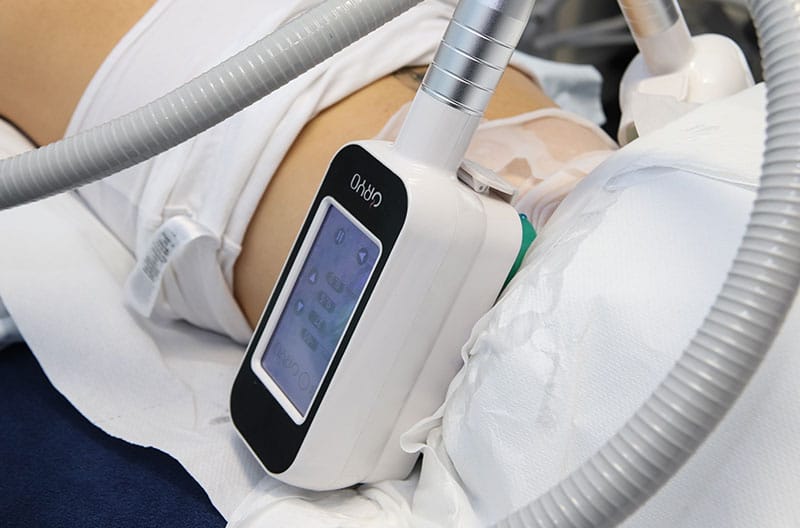
#5 Avoid Sun Exposure
Getting out in the sun can feel like the ideal treat after your treatment, but ideally, you’ll want to minimise exposing the treated area to significant amounts of direct sun exposure, especially in the initial weeks post-treatment. Sun exposure can cause hyperpigmentation or damage to the sensitive skin in the treated region, which can potentially cause damage or slow recovery. However, if sun exposure is absolutely unavoidable, make sure you discuss this with your doctor, and if you are able to go out in the sun briefly, using a broad-spectrum sunscreen with high SPF will likely be crucial.
Always Discuss Post Treatment Care Plans with Your Provider First
Today, we’ve looked at several key tips to help you find the right post-treatment care plans for your needs. However, we strongly recommend that you always discuss any potential care plans for your post-fat-freezing recovery with your chosen provider first. This simple step can help ensure you’ve found the ideal care plan for your needs, no matter what they might be.

